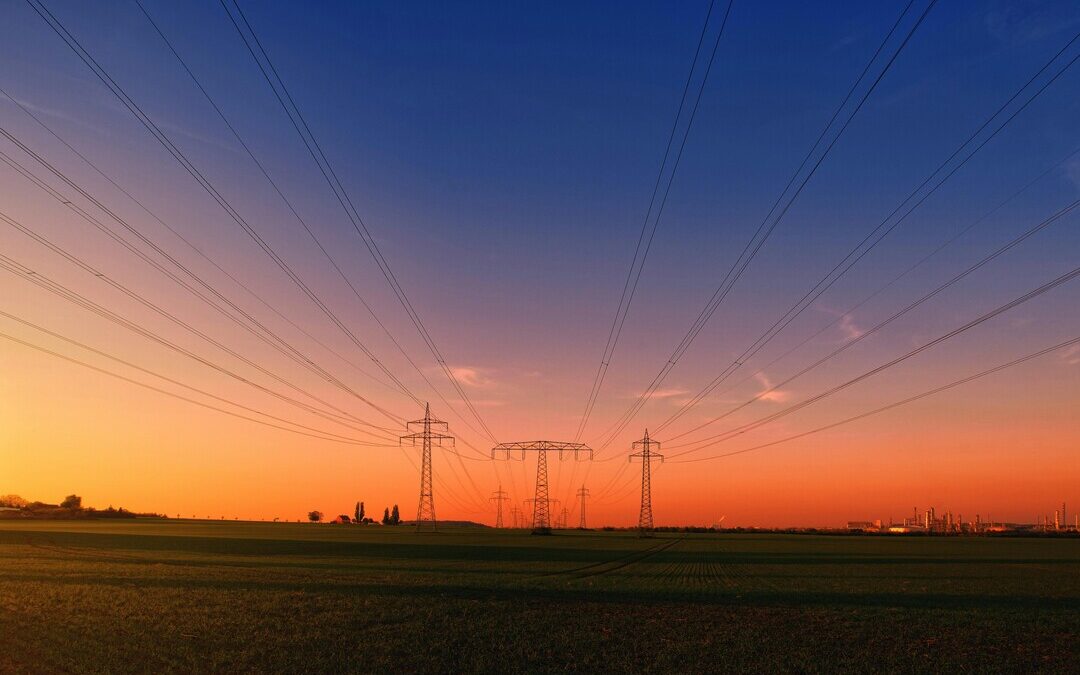Global Energy Investment to Hit $3.3T in 2025 Amid Geopolitical Strains, IEA Says
Clean energy to attract record $2.2 trillion in 2025 as China leads global investment surge, IEA reports.
Global energy investment is forecast to rise to a record $3.3 trillion in 2025 despite persistent economic uncertainty and mounting geopolitical tensions, driven by growing commitments to clean energy and energy security, the International Energy Agency said on Wednesday.
According to the IEA’s annual World Energy Investment report, capital flows into clean energy technologies — including renewables, nuclear, grids, storage, low-emission fuels and electrification — are expected to reach $2.2 trillion this year, nearly double the projected $1.1 trillion for fossil fuel investments.
“Energy security is emerging as a key driver of this year’s record investment as countries and companies look to shield themselves from a broad range of risks,” said IEA Executive Director Fatih Birol.
China Widens Lead as Top Energy Investor
China has cemented its role as the world’s single largest energy investor, the report found. It now spends nearly as much on energy as the European Union and United States combined, with a third of global clean energy investment coming from the country.
“When the IEA published the first edition of this report in 2015, China’s energy spending was only slightly ahead of the United States. Today, it’s the dominant player,” Birol said.
China’s investment spans solar, wind, hydropower, nuclear, batteries and electric vehicles, helping to drive the global shift toward electricity-based systems.
Solar PV Leads the Surge in Clean Power Spending
Solar photovoltaics have emerged as the single largest recipient of capital, with investment in both rooftop and utility-scale projects expected to reach $450 billion in 2025. Spending on battery storage is also accelerating, rising above $65 billion this year.
Meanwhile, investment in nuclear energy has increased by 50 percent over the past five years, reaching an expected $75 billion by 2025.
Despite these gains, the report notes that investment in electricity grids — now around $400 billion annually — is falling behind generation and electrification needs, threatening long-term energy security.
Mixed Outlook for Fossil Fuels and LNG Expansion
Upstream oil investment is forecast to decline by 6 percent in 2025, the first annual drop since the pandemic-driven slump of 2020. This fall is largely attributed to a pullback in U.S. tight oil spending amid lower price expectations.
However, spending on liquefied natural gas remains strong. Projects in the U.S., Qatar, Canada and elsewhere are driving what the IEA expects will be the largest-ever expansion in global LNG capacity between 2026 and 2028.
Coal investment is also holding steady in parts of Asia. China alone began construction on nearly 100 gigawatts of new coal-fired capacity in 2024, pushing global approvals to their highest level since 2015.
Africa Faces Investment Shortfall Amid Rising Energy Needs
While global clean energy spending is surging, the report highlights deep regional disparities. Africa accounts for just 2 percent of global clean energy investment despite having 20 percent of the world’s population and fast-growing energy demand.
Overall energy investment across the continent has fallen by a third over the past decade. The IEA warns that without scaled-up international public financing and better mobilization of private capital, developing economies risk being left behind in the global energy transition.
‘Age of Electricity’ Takes Shape
The report concludes that the global energy system is entering a new phase where electricity takes center stage. A decade ago, fossil fuel investment exceeded spending on electricity generation, grids, and storage by 30 percent. In 2025, electricity-related investment will be roughly 50 percent higher than fossil fuels.
The IEA’s report includes a new interactive data tool that allows users to track and compare energy investments across sectors and regions from 2016 to 2020 and 2021 to 2025.
“Today’s investment trends clearly show a new Age of Electricity is drawing nearer,” Birol said.
Also Read:
Biogas Could Meet 25% of Global Gas Demand but Faces High Costs: IEA
Nirmal Menon
Related posts
Subscribe
Error: Contact form not found.


